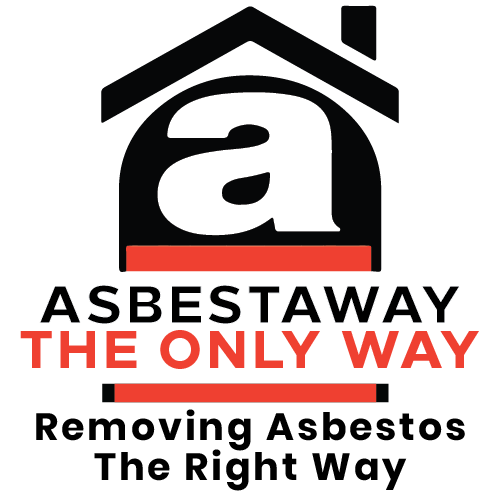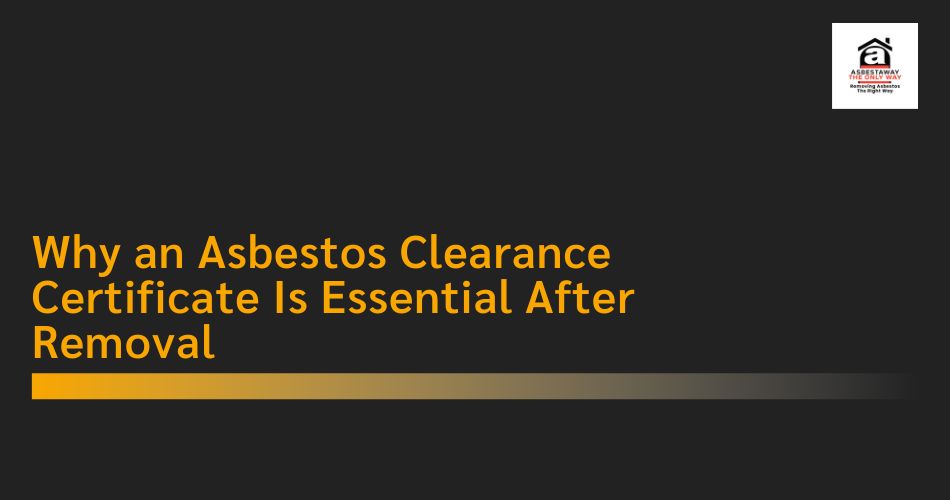Asbestos, once a widely used construction material, poses significant health risks when disturbed. In New South Wales (NSW), strict regulations govern the removal and clearance of asbestos to protect public health. An Asbestos Clearance Certificate is a vital document that ensures a property is safe for reoccupation after asbestos removal.
Understanding the Asbestos Clearance Certificate
An Asbestos Clearance Certificate is a formal declaration issued by a licensed asbestos assessor confirming that a property is free from hazardous asbestos materials following removal. This certificate is essential for compliance with NSW Work Health and Safety (WHS) Regulations 2017.
Legal and Regulatory Requirements
In NSW, obtaining an Asbestos Clearance Certificate is mandatory for all licensed asbestos removal work. For Class A (friable) asbestos removal, a licensed asbestos assessor must conduct air monitoring and issue the clearance certificate before the site can be reoccupied. For Class B (non-friable) asbestos removal, a competent person can perform the clearance inspection and issue the certificate.
The Role of the Licensed Asbestos Assessor
A licensed asbestos assessor plays a crucial role in the clearance process. They conduct thorough visual inspections and air monitoring to detect any remaining asbestos fibers. Only after confirming that the area is free from asbestos contamination can they issue the clearance certificate.
Importance of the Asbestos Clearance Certificate
1. Health and Safety Assurance
The primary purpose of the clearance certificate is to ensure that the environment is safe for occupancy. It provides assurance that all visible asbestos fragments and airborne fibers have been removed, mitigating health risks such as asbestosis and mesothelioma.
2. Legal Compliance
Obtaining the certificate demonstrates compliance with NSW WHS Regulations. Failure to secure a clearance certificate can result in legal penalties, including fines and potential shutdowns of ongoing work.
3. Liability Protection
In the event of future asbestos-related health issues, the clearance certificate serves as evidence that proper removal procedures were followed, potentially protecting property owners from liability.
4. Peace of Mind
For property owners and occupants, the certificate provides peace of mind, knowing that the environment has been professionally assessed and declared safe.
The Clearance Process
-
Visual Inspection: The assessor examines the area to ensure all asbestos-containing materials have been removed
-
Air Monitoring: Air samples are collected to detect any residual asbestos fibers.
-
Laboratory Analysis: The samples are analyzed in a certified laboratory.
-
Issuance of Certificate: If results are satisfactory, the clearance certificate is issued.
Consequences of Not Obtaining a Clearance Certificate
Operating or occupying a property without a valid clearance certificate can lead to:
-
Health Risks: Exposure to residual asbestos fibers.
-
Legal Penalties: Fines and potential legal action.
-
Insurance Issues: Potential complications with insurance claims.
-
Property Value Impact: Decreased property value due to unresolved safety concerns.
Conclusion
An Asbestos Clearance Certificate is not merely a formality but a critical component of the asbestos removal process. It ensures the safety of individuals, compliance with legal requirements, and protection against future liabilities. For residents and businesses in Cooks Hill and surrounding areas, Asbestaway offers professional asbestos clearance services, ensuring your property is safe and compliant.

